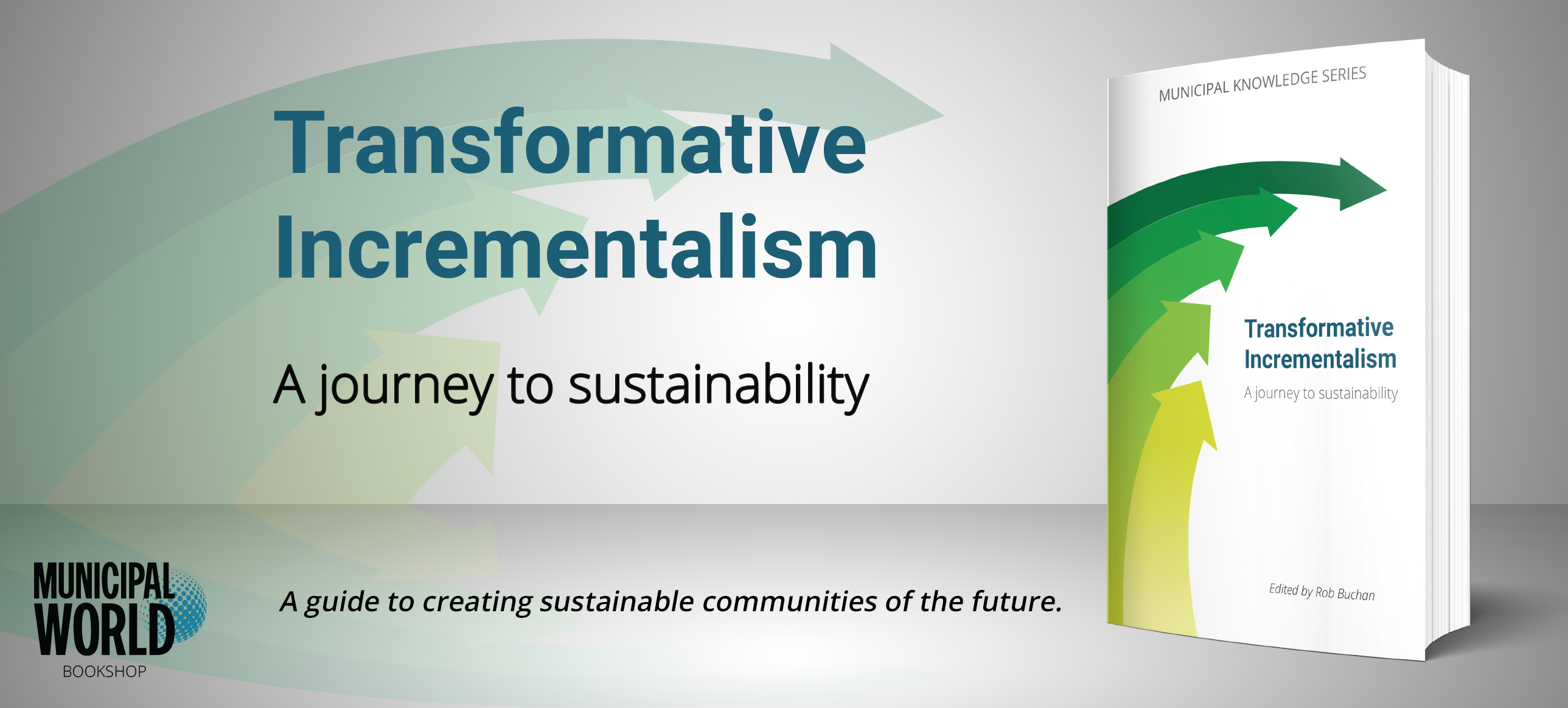Making it personal: Developing your own social media plan

Few people would argue that their municipality needs a social media plan. A well thought out social media strategy is just common sense. But, there aren’t many municipal leaders who take the same strategic approach to their personal social media use.
Whether you are senior staff or an elected official, you have invested a lot of time and hard work to achieve your goals. All of it can be undone in 140 characters or a single photo. A plan will help you think through how you want to use social media to support the professional reputation that you have been cultivating throughout your career.
Any good communication strategy starts with some research, which is why it’s a good idea for elected officials and public sector managers to “lurk” before they launch. This means following others before posting any content yourself. It is valuable to watch what your stakeholders are saying, as well as how they are interacting with others.
One of the most useful aspects of social media is its ability to target key audiences. Identifying who you hope to reach and seeing how others are using social media platforms to advance specific goals is tremendously useful. However, the world is a big place – be specific about what groups or audiences you want to reach and engage.
Developing a plan does not have to be a daunting or lengthy process. A good social media plan can be short and sweet. Map out answers to obvious questions:
- Why are you using it?
- What are your goals?
- What is your strategy to achieve those goals?
- Who is your target audience?
- What types of things will you comment on?
- What topics will you avoid?
And, the most important question:
How do you want to be remembered, five years after you retire?
There is an element of personal branding to social media. If you don’t manage your brand, you may not like where you land.
In a practical sense, dinner party rules apply. People gravitate to other people that are charming, polite, positive, and friendly. Loud, negative, and rude behavior can steal the spotlight for a while, but in the long term, your seat at the table will disappear.
Building Your Plan
Every plan needs a purpose or objective. Give careful thought to what you want to achieve by being on social media. Which of the following do you want to accomplish?
- Change the world?
- Promote products and services?
- Advocate for causes?
- Build relationships with specific audiences?
- Support your community?
- Grow, maintain, or strengthen personal friendships?
- Share aspects of your life with family and friends?
Other considerations for your social media plan are both strategic and practical.
Time – How much time do you want to spend on social media? How will it fit into your life/work balance?
Transparency – Use your own name because it inspires caution and accountability.
Audience quality versus quantity – Do you want as many followers as possible? Or, do you want a select following from a specific group, such as media or opinion leaders?
Platform – No two social media platforms are alike, and the most marked difference (other than their interface) is who is using it. If you want to be effective on social media, you have to go where your audience is.
Character and tone – Public sector staff are held to high standards. Elected officials can make comments that are more colourful. Many private citizens don’t care what they say or who they offend. What standards, boundaries, or codes of conduct will guide your decision making?
Account management – Who will be setting up and managing your accounts? How will passwords be created and managed? If you maintain multiple social media accounts, what software or systems will you use to ensure that you are posting the right information on the right account at the right time?
Your strategy should, at a high level, explain how you will approach your entire social media program. For example: “I will maintain four personal social media accounts. My personal Twitter and LinkedIn accounts will focus on professional matters. My Facebook and YouTube accounts will focus on my relationships with family and friends.”
General Guidelines
Create general principles to guide your use of social media. It may be helpful to ask yourself how you want to be remembered by friends and colleagues, five years after you retire. That will provide a sense of the personal “brand” that you want to cultivate over time.
Describe a code of conduct that will get you there. For example: “I will not post when I am angry or emotional. I will use positive language. I will not debate topics on social media. I will strive to be polite and productive.”
To choose where you want to engage, consider your audience and how different platforms are used. For example, Twitter is where news breaks, and tends to attract politically-engaged young adults. Facebook is a more relaxed online atmosphere with adults young and old. Instagram, which focuses mainly on photo and video sharing, has the youngest cohort, with the majority of its users in their 20s (Pew Research Centre, 2015).
Twitter posts are updated in real time, using chronological order, while Facebook and Instagram posts are algorithm driven, meaning posts will appear on a user’s newsfeed based on their demographic and previous preferences and habits. For this reason, Facebook can evoke more engagement than Twitter.
Logistics
Provide instructions for the management of your accounts. This is particularly important if staff or volunteers have access to your accounts and post on your behalf. For example: “I will create and own all my personal accounts. The following people will have access to passwords … Passwords can be changed using the following process … And, I will use applications that allow me to shift between different accounts quickly. As such, I recognize the need to always ensure that I am posting on the right account, before I hit send.”
Of course, social media platforms are free; but, both your time and your personal brand are valuable. Taking the right steps to plan out your presence on social media will save you time – and potentially your reputation – in the long run. MW
Sample Twitter Strategy
Strategy statement
“This account will be used to deliver ‘news’ and to engage on matters related to my work, public affairs, and my local community.”
Goals
What are your specific goals? For example, an elected official might have goals such as “Building productive relationships with people in my community, growing my base of political support, and inspiring people to volunteer on future campaigns.”
Guidelines
It can help to use a traffic light model here. What kinds of posts are obvious and safe for you? What topics or actions warrant caution? And, what posts are career limiting? For example:
Red Light
Commenting on government policies.
Engaging in discussions that violate privacy rules.
Debating topics or issues.
Yellow Light
Answering resident complaints on Twitter.
Commenting on matters in neighbouring municipalities.
Green Light
Positive initiatives and events in my community.
Promoting conferences in which I am participating.
Sample Facebook Strategy
Strategy statement
“My Facebook page will be a polished, but accurate reflection of my life. It will be the coffee table book version of who I am. My approach will be fairly ‘private,’ recognizing that everything I post can be shared, and therefore, actual ‘control’ over the content I share is not possible. I will only post pictures that my family or friends are likely to feel great about. I will not include photos that have geotags or other location tracking settings, and I will not post material that advertises that our family is away from home.”
Goals
State specific goals, such as “Building, maintaining, and enhancing my relationships with family and friends.”
Guidelines
A traffic light model for Facebook might look like this:
Red Light
Photos that contain geotags or other location tracking features.
Content that provides insights into family routines.
Debating politics or issues (If someone wants to debate, I will call them, meet with them, or simply decline).
Yellow Light
Key moments in my life, or in the lives of close family or friends.
Commentary on events or issues that I care about.
Posts that reveal our family’s current location.
Negative commentary.
Posts that relate to local, provincial, or federal politics.
Green Light
Photographs I am proud to have taken.
Opportunities to say positive things about my community,
Posts that celebrate travel and exploration.
as published in Municipal World, October 2016
Teri Clark is a Social and Digital Media Strategist at Redbrick Communications, a Mississauga-based agency with an extensive municipal practice. Teri leads Redbrick’s research and client services in municipal social media use and policy development.
Related resource materials:



